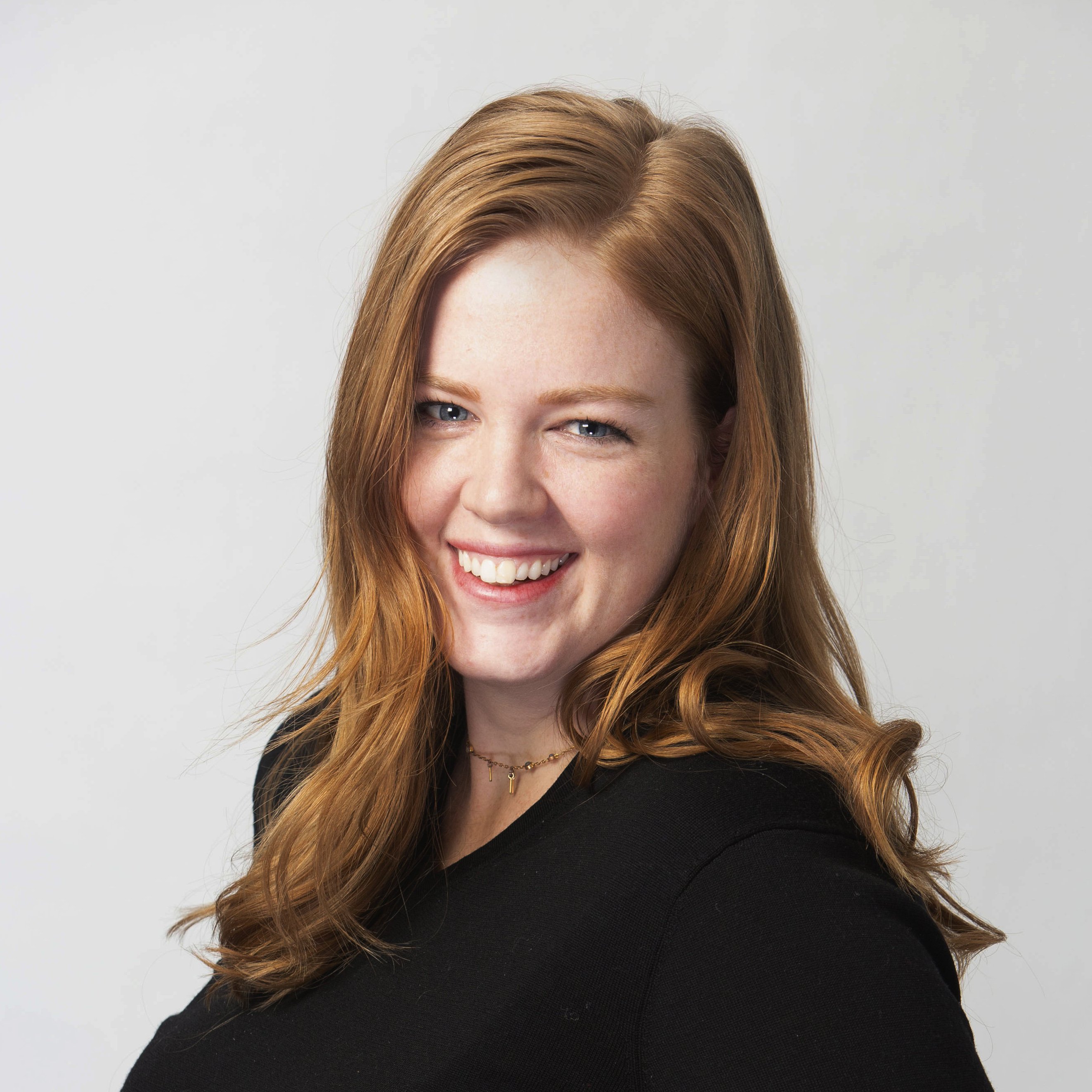Women have had an indelible impact on technology. We can look back to the ENIAC Programmers of WWII or to pioneers like Fran Allen and Anita Borg. From Ada Lovelace to the next generation learning to code as you read, women are integral to STEM. Yet few of us know them as well as we know the top men in the field. This is the first in an ongoing series highlighting these women because we should all know their names.
Dr. Marian Croak
As a VoIP company, we would be incredibly remiss if we didn’t start this series with Marian Croak. VoIP as we know it exists in large part because of her. She has more than 200 patents to her name, and well over 100 of those are specifically for VoIP.
She started her career with AT&T at Bell Labs in the 1980s. As she worked on the traditional voice network, Dr. Croak realized that the future was in IP technology. She searched out a handful of colleagues who agreed. Together they were loud enough to convince the entire company that the Internet was both the best substitute for the legacy network and a necessary step to maintain AT&T’s position as an industry leader.
While at Bell Labs, Dr. Croak was one of few women engineers. Yet because of supportive parents and colleagues, she never felt discouraged from pursuing a life in technology. Dr. Croak differs from most of the female leaders in male-dominated fields that we typically hear about. Society has taught us that to succeed, women need to take up space like men do. Not quite literally yet, as the gender gap still looms, but in the way women speak and comport themselves. Dr. Croak describes herself as the opposite of that idea, and her success speaks for itself. She even wrote about it in “Dear Young Women in Tech,” published in the Huffington Post.
Today, Dr. Croak continues to forge the path to our technological future. She is Google’s VP of Engineering working on responsible AI development. And she’s living proof that a little encouragement goes a long way toward closing the STEM gender gap. As a child, her father built her a chemistry set in their house. As a Bell Labs employee, her colleagues and superiors supported her patent work. Without that support, we wouldn’t have many of the communications features we regularly use. One of the most well known? Text-to-donate. Dr. Croak came up with the idea after Hurricane Katrina. It gained widespread popularity when AT&T joined American Idol as a sponsor, and voting shifted to text.
Limor Fried
Limor Fried, aka Ladyada, has lived one of the most impressive lives we’ve ever witnessed. She started her open source electronics company, Adafruit Industries, from her MIT dorm room. Even now, nearly two decades later, she still personally oversees every item that ends up in the Adafruit store.
Speaking of open source electronics, Fried was one of the people who wrote the literal definition of open source hardware. And she was the first woman to grace WIRED’s cover. Fried’s biggest hope is that her work will encourage kids of all ages to kickstart their engineering and entrepreneurial journey. Her company leans into this hope. While Adafruit Industries started as a hobbyist endeavor, it has expanded to focus on education—all the way down to the preschool level.
During Covid-19, Adafruit Industries pivoted to make PPE and other medical parts. As New York City emerges from the pandemic, Fried continues working to aid the community. The Mayor appointed her to the Small Business Sector Advisory Council, a group designed to aid the administration with the city’s economic recovery.
We don’t know how she does it, but we’re thrilled she does!
Kimberly Bryant
Kimberly Bryant created Black Girls Code after her daughter expressed interest in learning to code. Unfortunately, no kids’ programs in the Bay Area were the right fit. There were very few girls involved and not a single Black child.
While thrilled her daughter wanted to follow in her STEM footsteps, Bryant didn’t want her to experience the same cultural isolation she dealt with from her first engineering courses in college. So she went to work “changing the face of technology” for her daughter and started Black Girls Code.
And what success she’s had! It started as a local nonprofit focused on Bay Area girls of color in middle and high school. Now Black Girls Code is an international phenomenon with 17 chapters across the United States and South Africa. We’ll leave you with Bryant’s words because we couldn’t put it better ourselves:
“Imagine the impact that these curious, creative minds could have on the world with the guidance and encouragement others take for granted. I have, and I can’t wait!”

